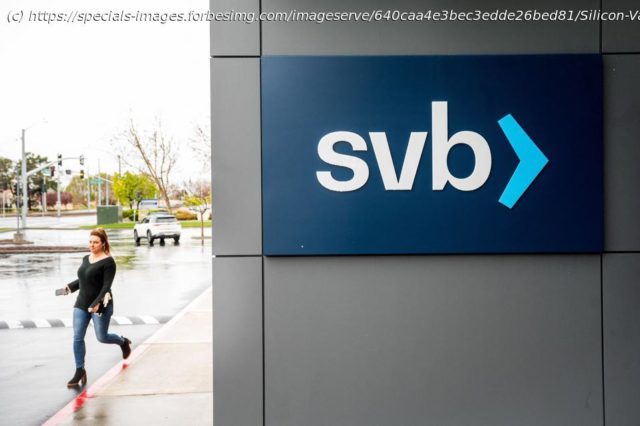Silicon Valley Bank has joined the cemetery of failed banks due to its self-inflicted wounds. No amount of finger pointing will absolve CEO Greg Becker, his management team, and SVB’s Board of Directors.
Silicon Valley Bank’s demise has led many pundits to blame rising interest rates, panicked depositors, bank regulators, and rating agencies. Rising rates are inanimate actors, and depositors, regulators, and rating agencies do not run banks. SVB’s VB Chief Executive Officer Greg Becker, his team, and the bank’s Board of Directors are responsible for this colossal failure, which now not only leaves numerous depositors without their money but is likely to lead to significant layoffs at companies who had their money at SVB.
Significant asset size growth, reliance on largely homogeneous depositors, as well as concentrations in investments and in liabilities were signaling trouble at SVB since at least 2019. Banks are opaque institutions. Anyone analyzing a bank needs countless hours, not only to analyze financial disclosures, but also Basel III disclosures, which are focused on risk. And by the time any of us see their financials, that information is already old because financials are usually published several weeks after the quarter ends. Yet, even looking at aggregated data about SVB, a number of signs would have told investors, lenders, and credit analysts that SVB had problems.
Asset Growth and Quality
The first step in analyzing a bank’s financial health involves looking at its assets. This entails looking at data to tell us about asset growth, diversification, credit quality, and measuring assets’ sensitivity to interest rate movements, both small and especially large. From 2019 to the end of 2020, SVB’s assets, meaning loans, credit facilities, securities, and other investments grew 63%. And from 2020 to the end of 2021, total bank assets grew over 83%. This significant asset growth happened in years when Covid-19 caused death, illness, and lockdowns. Loans alone grew almost 114% from 2019 to 2020 and then almost 30% from 2020 to 2021.
With a rise in assets comes more risk. What should have also caused eyebrows to raise was when risk weighted assets went up 13% at a time that asset size barely moved from 2021 to the end of 2022.
Significant growth at a bank should always make risk managers, credit analysts, investors, and regulators question whether corners in due diligence are being cut in lending or investments decision making processes. Growth is also always a good time to reevaluate whether a bank has highly skilled professionals who can manage the rising risk that accompanies having more assets. Significant higher growth in assets is also a good time to examine whether a bank’s technology is up to the task of taking in significant amounts of data to price assets and to measure their credit, market, and liquidity risks.
From a credit perspective, SVB’s loans and bonds were of a good credit quality; their data showed a low probability of default.






